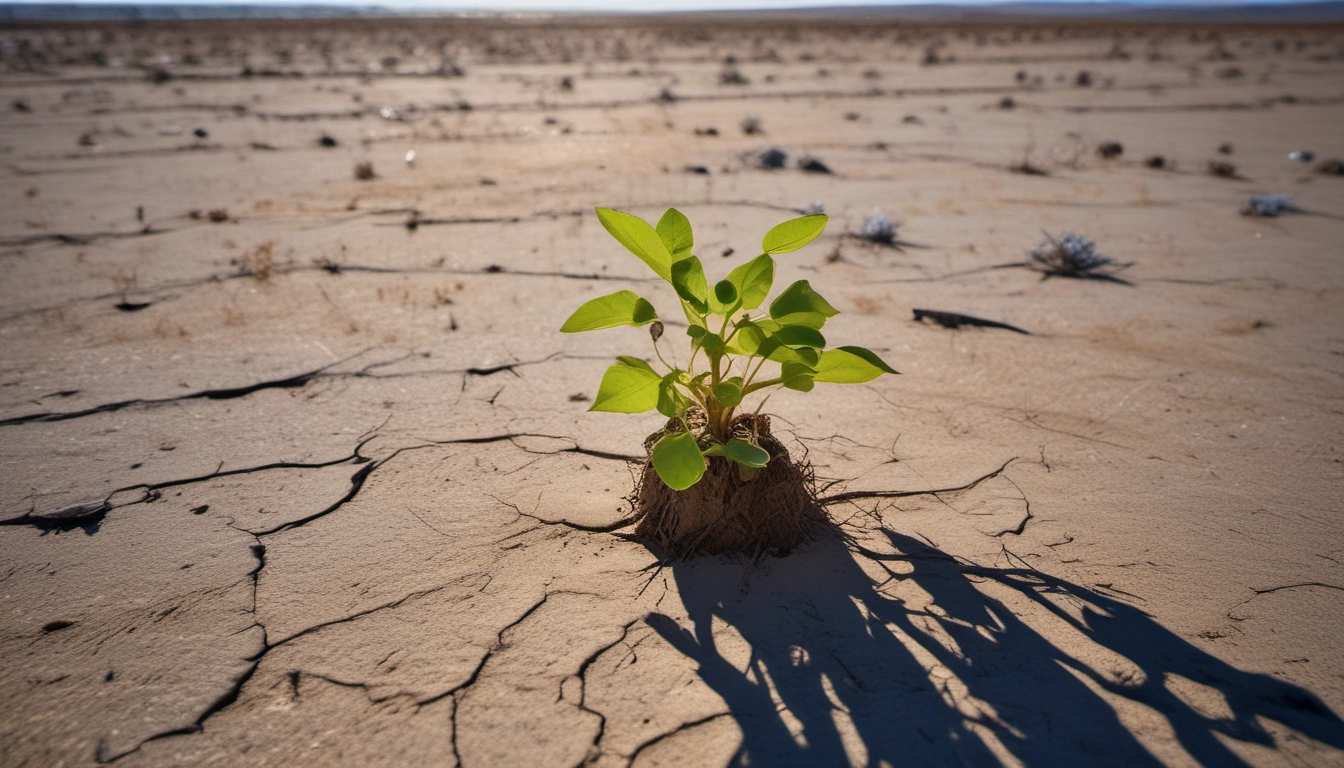1.5°C vs 2°C Warming: What’s the Difference?
Half a degree more warming makes a big difference: 1.5°C saves millions from floods, reduces species loss, and cuts extreme heat risks.

Quick answer: Why 0.5°C matters
Half a degree sounds small, but the difference between 1.5°C and 2°C of global warming changes how many people are flooded, how many species lose habitat, and how often heat waves happen. Keeping warming to 1.5°C avoids millions of extra people being harmed and saves many ecosystems from worse damage.
1.5°C vs 2°C: The impacts at a glance
Use this quick comparison to see the main differences. Sources include the Geographical report, the UN climate summary, and climate research summaries like Copernicus and Climate Adaptation Platform.
| Impact | 1.5°C | 2°C | Why the extra 0.5°C matters |
|---|---|---|---|
| Sea level rise | ≈48 cm by 2100 | ≈56 cm by 2100 | About 8 cm more floods more land and affects ~10.4 million extra people from flooding or saltwater intrusion (Climate Adaptation Platform). |
| Heat extremes | ~16% more hot days; fewer extreme heat events | ~25% more hot days; many more heat waves | More days of scorching weather increase heat deaths, crop failures, and energy demand (NASA). |
| Drought exposure | Lower risk | ~62 million more people exposed yearly | More heat and less water harm farming and food supplies (Climate Adaptation Platform). |
| Marine life & fisheries | Smaller declines | ~3 million tonne larger annual catch decline | Warmer oceans reduce nutrients and plankton, shrinking fish stocks (Geographical). |
| Biodiversity loss | 6% insects, 8% plants, 4% vertebrates lose >50% range | 18% insects, 16% plants, 8% vertebrates lose >50% range | Many species face habitat loss and local extinction of sensitive ecosystems (Copernicus). |
| Ice sheets & long-term sea rise | Smaller long-term losses | Extensive, largely irreversible ice loss likely | Crossing higher thresholds risks multi-meter sea rise over centuries (Geographical). |
How scientists measure these differences
Researchers compare future climate scenarios using models and the pre-industrial baseline (around 1850–1900). The 2°C target and the 1.5°C goal from the Paris Agreement come from many studies and the IPCC. Models show that each extra fraction of a degree raises risks for people and nature.
One clear data point
Keeping warming to 1.5°C instead of 2°C reduces the number of people exposed to drought by about 62 million per year and spares millions from extra coastal flooding. This shows how a small temperature change has large human impacts.
Why 0.5°C changes outcomes so much
- Nonlinear effects: Some systems respond sharply once thresholds are reached. Ice sheets and coral reefs are examples.
- Weather extremes grow faster than average temperatures; more heat means more record-breaking storms and fires.
- Small global averages add up across the globe: small local changes become big totals for people and ecosystems.
Real-life implications
Here are practical ways the difference affects people and decisions.
- City and coastal planning: An extra 8 cm of sea rise increases flood risk maps, insurance costs, and long-term coastal planning needs.
- Food and farming: More heat and drought stress crops. Farmers need different crops, irrigation, or new planting schedules.
- Health and safety: More frequent heat waves mean more cooling centers, public health warnings, and higher energy demand.
Practical implication from the author: One data point: current policies could still lead to roughly 2°C without faster cuts. For planners, that means building with higher flood margins and investing in heat-ready public services today.
Frequent questions
Is 2°C “safe”?
No. 2°C reduces some risks compared to higher warming, but it still brings serious harms—more floods, more species losses, and stronger extremes than at 1.5°C.
Can we still avoid 2°C?
Yes, but it requires deep, rapid cuts in greenhouse gas emissions worldwide. Many experts say current policies put us near 2°C, so faster action is needed (UN Climate).
What about long-term effects beyond 2100?
Higher temperatures increase the chance of irreversible changes, like major ice loss, which drive sea levels much higher over centuries or millennia (Geographical).
How you can use this information
- Share the facts: Use the comparison table to explain why 1.5°C matters.
- Support strong climate policies that cut emissions now.
- Ask local planners about heat and flood preparedness—these are the real impacts your community will face.
For deeper reading, see the IPCC summaries referenced in news and science sources such as NASA, the Copernicus explanation, and reporting from BBC and Reuters.
Related topics on this site: climate action, impact analysis, everyday climate choices.

